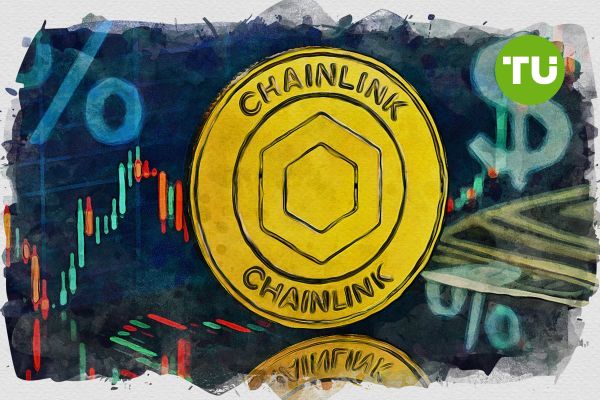Chainlink price hovers above $13 amid $85 million whale accumulation and muted retail interest
 Metrics such as active addresses, transaction volume, and social media engagement remain largely flat
Metrics such as active addresses, transaction volume, and social media engagement remain largely flat
As of July 4, 2025, Chainlink (LINK) trades at approximately $13.39, marking a 1.49% decline over the past 24 hours.
A closer examination of technical indicators presents a largely bearish outlook.
Highlights
- Chainlink is trading at $13.39, facing bearish technical indicators despite strong support near $12.70.
- Whale investors have accumulated $85 million in LINK, signaling long-term bullish sentiment.
- However, stagnant retail participation limits immediate upside potential.
The Relative Strength Index (RSI) is currently at 39.4, indicating a market sentiment leaning toward oversold conditions but not yet triggering a reversal signal. Meanwhile, the Stochastic RSI, a more sensitive momentum oscillator, is at 13.02, clearly entering the oversold territory. This may imply that a short-term rebound is possible, although confirmation from volume and price action is still lacking.
The Moving Average Convergence Divergence (MACD) line is negative at -0.07, with its signal line hovering above, reinforcing a bearish bias. The histogram has narrowed, but not enough to suggest a momentum shift. Additionally, the Average Directional Index (ADX) is at 23.5, which denotes a weak trend strength. This reading indicates that while bears are in control, the current trend lacks conviction, making the asset vulnerable to sudden volatility in either direction.

Chainlink price dynamics (May 2025 - July 2025). Source: TradingView
Chainlink's short-term moving averages confirm the bearish stance. The 5-day Simple Moving Average (SMA) stands at $13.02, and the 10-day SMA is at $13.05, both slightly below the current market price, suggesting that any upward move may face immediate resistance. The 50-day SMA, an intermediate indicator, is pegged at $13.22, and is also below the price, which typically signals resistance in a declining trend. On the supportive side, the 100-day and 200-day SMAs at $12.84 and $12.73 respectively provide a cushion, highlighting potential reversal points if the price continues to decline.
Whale accumulation contrasts with stagnant retail participation
On-chain data reveals a fascinating divergence between institutional and retail behavior. Whale wallets have been steadily accumulating LINK, with reports indicating that large holders purchased approximately $85 million worth of LINK tokens recently. This behavior is reflected in declining exchange reserves, which have dropped around 40 percent year-to-date. Such accumulation typically signals that long-term holders anticipate higher prices and are positioning accordingly.
However, this optimism is not echoed by the broader market. Metrics such as active addresses, transaction volume, and social media engagement remain largely flat. Retail investors appear disengaged, potentially due to the lack of explosive price action or broader disinterest in altcoins during a period of Bitcoin and Ethereum dominance. This disconnect suggests that while whales are preparing for a potential breakout, the lack of retail participation could limit immediate upside momentum.
Analysts note that the full potential of LINK's price action can only be unlocked if both institutional and retail investors align. Until that happens, LINK may remain range-bound with sporadic price surges fueled by whale activity.
Potential for breakout contingent on retail engagement
Looking ahead to the short term, if LINK manages to hold above the critical support level of $12.70, it could mount a challenge to break through the $13.09 resistance. A confirmed breakout above this level could pave the way for a rally toward the $14.25 zone. Should momentum continue, the next target would be around $16.00, particularly if new retail capital flows into the market.
On the downside, failure to defend the $12.70 support would expose the asset to further declines, potentially revisiting the $12.00 level. In this case, a drop in whale interest or further decline in market sentiment could exacerbate the downtrend.
Chainlink co-founder Sergey Nazarov highlighted Visa’s recent report, underscoring Chainlink’s role in solving key challenges for institutional smart contracts. The platform addresses data accuracy, security, and cross-platform integration, positioning it to streamline blockchain-based institutional transactions.













































































































































